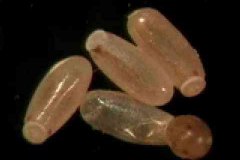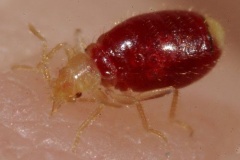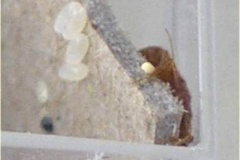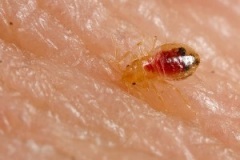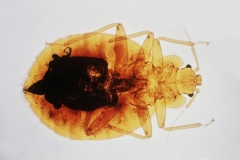Somerset, NJ (PRWEB) December 20, 2013
The two-day 2013 annual Global Bed Bug Summit, co-hosted by Bed Bug Central and the NPMA (National Pest Management Association) ended on Dec 6th, a snowy weekend in Denver. Despite the cold temperatures outside, attendees from around the world gathered to discuss the state of current practice in the field. Meanwhile they had chance to learn about ongoing research by eminent entomologists from the US and around the world who presented their research findings in the various scientific panels during the two day event. Also present were many of the big national and regional names in pest management who presented their findings on the state of current field practice and technology, and just as important, their insights into common management issues faced by all in the industry.
The purpose of the 2013 Global Bed Bus Summit was one of education. The mission was to share the current research and field data with both the professional pest control industry, and also with the consumer. According to a recent NPMA survey, 75% of pest control professionals agree that the bed problem is increasing, and 99% of pest management organizations have received customer calls about bed bugs during the past year. For most of the pest control professionals, this summit was right on time, especially before another holiday travel flurry starts.
One of the exhibitors, EcoRaider, an emerging contender in the natural product category and known for its efficacy against bed bugs, gave high praise to the summit. This was a dont miss destination for us this year. The NPMA and Bed Bug Central did a superb job on it. It was a great program, we learned a lot, not only from the scientific and technical panels, but also from the other attendees we talked with. And, of course, it also gave us some good exposure, too said Michael Correll, Marketing Director for EcoRaider
With its green and non-toxic labeling EcoRaider stands out among many other similar products by virtue of the sound data on its effectiveness against bed bugs. EcoRaiders efficacy in killing bed bugs was reported in an independent study published recently by Rutgers University in Pest Control Technology Magazine ( read full article here).
"We are thrilled by the strong interest in and acceptance of EcoRaider at the Denver Bed Bug Summit, said EcoRaider Director of Sales, Sam Shaffer who also attended the show. We had pest management professionals and housing authorities placing orders right at our booth! They are eager to integrate our product into their operation. This kind of response to EcoRaider shows that there is a clear need for a bed bug remediation product that is not only effective in killing bed bugs, but that is also safe for people and the environment. And its relatively low cost and low maintenance for the pest management professional is important, too. We think that EcoRaider can indeed be a game changer on all these points.
During two days of scientific presentations and educational sessions, the topic of bed bug resurgence and resistance stood front and center. As Dr. Michael Potter, entomologist and a well-known bed bug researcher at the University of Kentucky pointed out at his seminar, The evolution of insecticide resistance could be a primary factor in explaining this resurgence. He and his team at University of Kentucky have long been studying bed bug resistance to conventional synthetic pesticides. A recent paper by Dr. Potters research team, published in the journal of Natural( read full article here), revealed that bed bugs have developed 5 different mechanisms at the genetic level to neutralize synthetic pesticide toxins, such as Pyrethroids.
Over the past few years, the trend toward greener bed bug remediation has spurred the growth of heat based solutions. Many of these heat based solutions were on exhibit at the Summit. In recent years, a number of pest control professionals have turned to heat, however the overall effectiveness of heat remediation has also been called into question. And safety issues have also been cited.
With the inability to find the perfect solution a silver bullet -- to answer all these concerns, many pest management companies have turned away from accepting bed bug treatment jobs,. Some have even called to bring DDT back. DDT was heavily used as a bed bug treatment in the early 1950s, as well as being a primary agricultural pesticide in the post World War II period. It was banned in the early 70s due to it is irreversible destructive impact to health and ecological systems. You DO not want to bring DDT back, as Greg Baumann, Vice-President of Rollins Inc, one of worlds largest pest management companies, and parent organization to Orkin, Inc, pointed out in his session, He added, We learn from our mistakes.
Meanwhile, research continues on many fronts. In the laboratory and in the field, universities such as Rutgers University, Ohio State University, Virginia Tech and Kentucky University are working to identify effective new chemical combinations or devices that will be effective and safe -- in the war against bed bugs.
View post:
Natural Bed Bug Spray EcoRaider Garnered Attention at Global Bed Bug Summit

 Residence
Residence  Location
Location 

